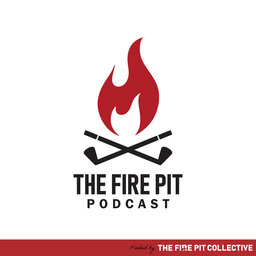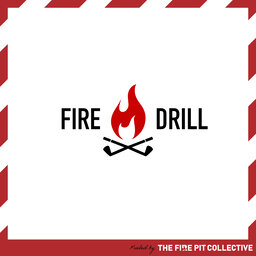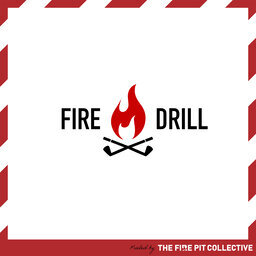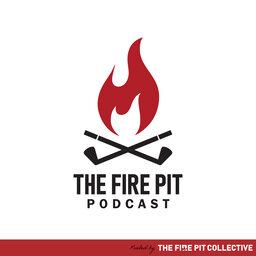L.A.B. Golf - Part 2: " The Inventor" - The Fire Pit w/ Matt Ginella
In Part 2 of this Fire Pit Podcast series on L.A.B. Golf, you get the story of Bill Presse, the inventor, as he goes from developing the "magic dust" of lie, angle and balance in his garage, sleeping in and selling putters out of his car to ultimately selling a "lion's share" of the company to the Hahn family. In addition to Presse, you'll hear from Sam Hahn, Matt Holm and Stuart Smith on how and why Presse's "genius" defied doubters, critics and Internet trolls.
 The Fire Pit Podcast
The Fire Pit Podcast




